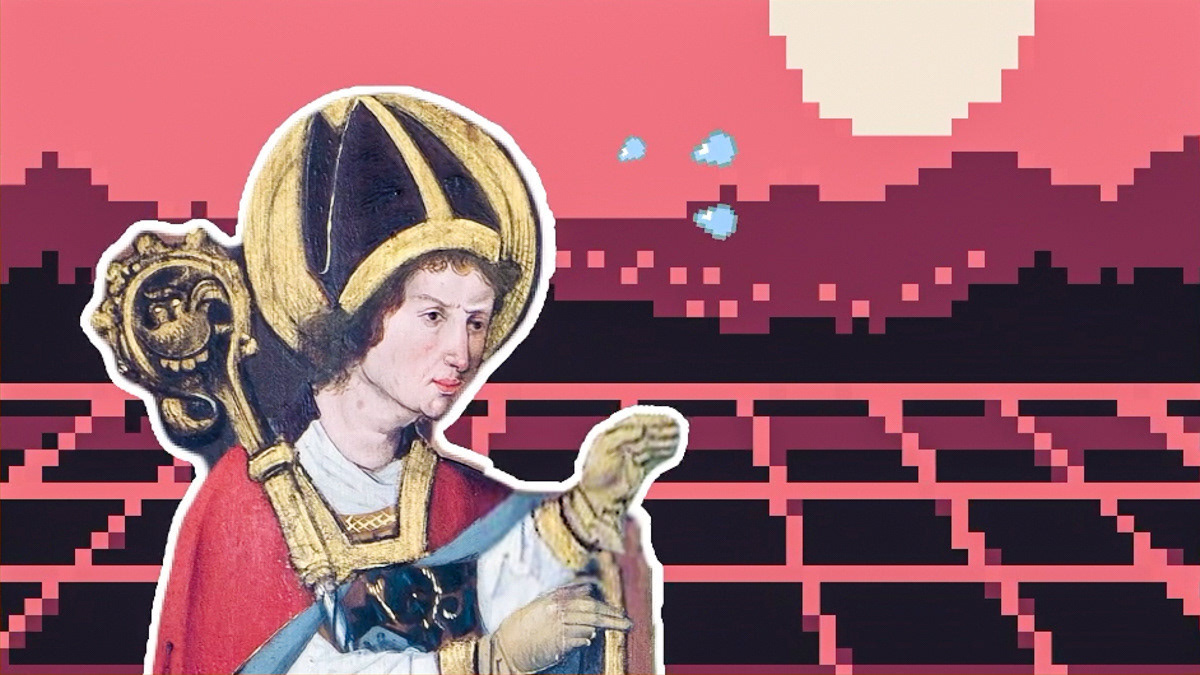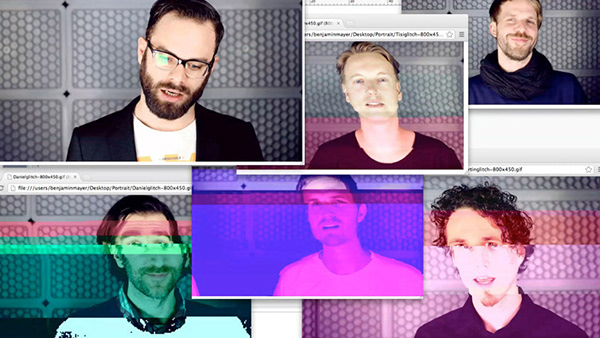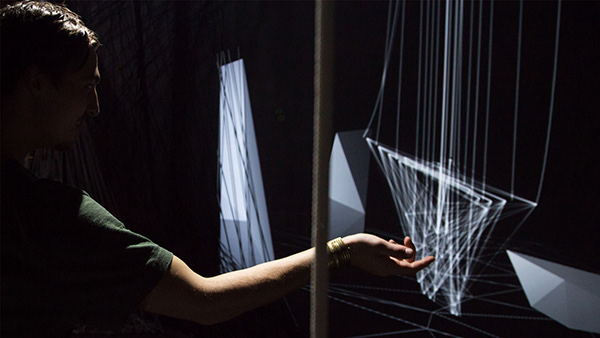Locomotion, a permanent installation on the exterior wall of a building at the Niederschönenfeld prison, transforms an ordinary drive along the road between Marxheim and Niederschönenfeld into a dynamic visual experience.
This artwork features an array of white lines precisely painted on a black background, paired with black metal slats positioned in front. As drivers pass by, these elements create the illusion of a flock of white birds in flight, a kinetic effect that comes to life only through motion.
The imagery of birds seemingly soaring behind bars adds a poignant layer to the installation, directly referencing the themes of freedom and confinement inherent to the prison environment. It invites viewers to reflect on the contrasts between the restrained life inside and the freedom represented by the flight of birds.
Locomotion serves as a metaphor for change and movement. The artwork embodies the idea that transformation requires action, echoing the process of rehabilitation and resocialization that the prison system aims to facilitate.
By turning the often-overlooked prison wall into a site of artistic expression, Locomotion encourages passersby to contemplate themes of liberty and the nature of confinement, enriching their daily commute with thought-provoking imagery.
Inspired by the motion studies »Animals Locomotion« (1885) of Eadweard Muybridge and the »Schwalbenbuch« (1923) Ernst Toller who once has been an inmate of the Niederschönenfeld prison.
Developed in cooperation with Felix Weinold.










